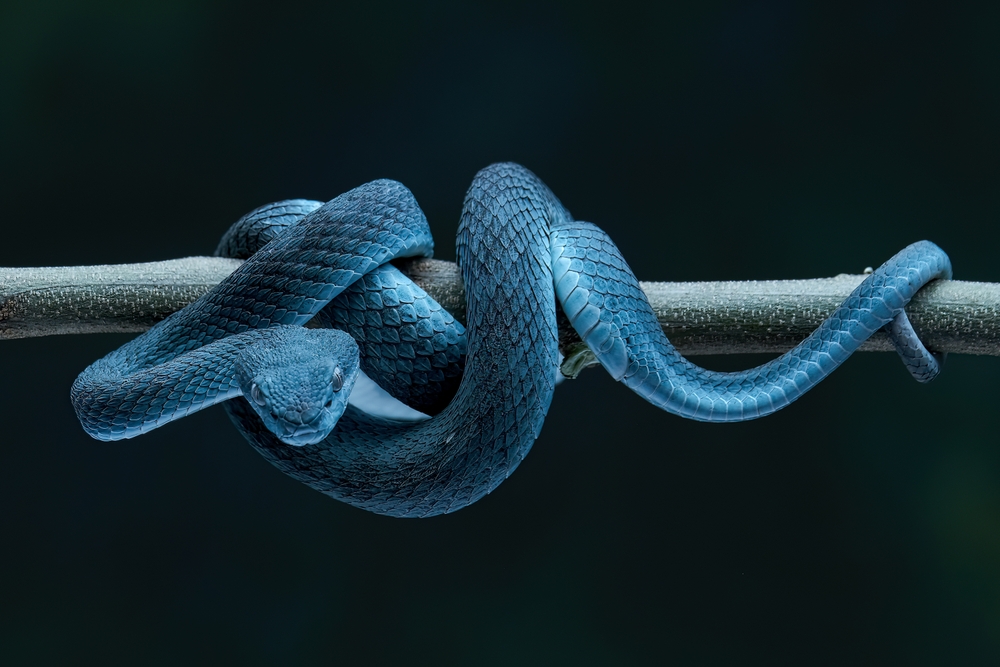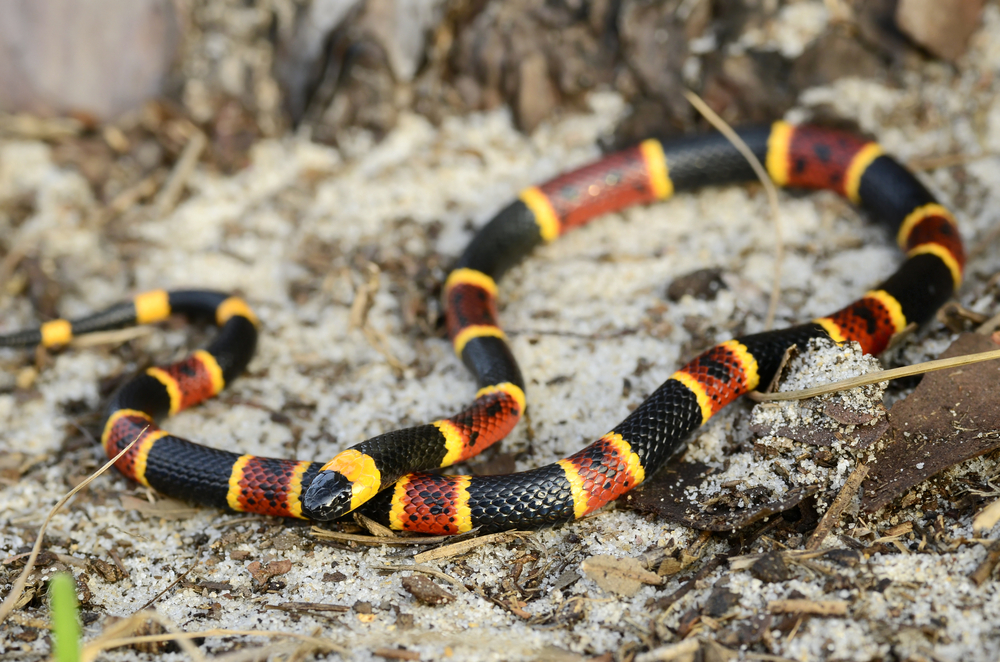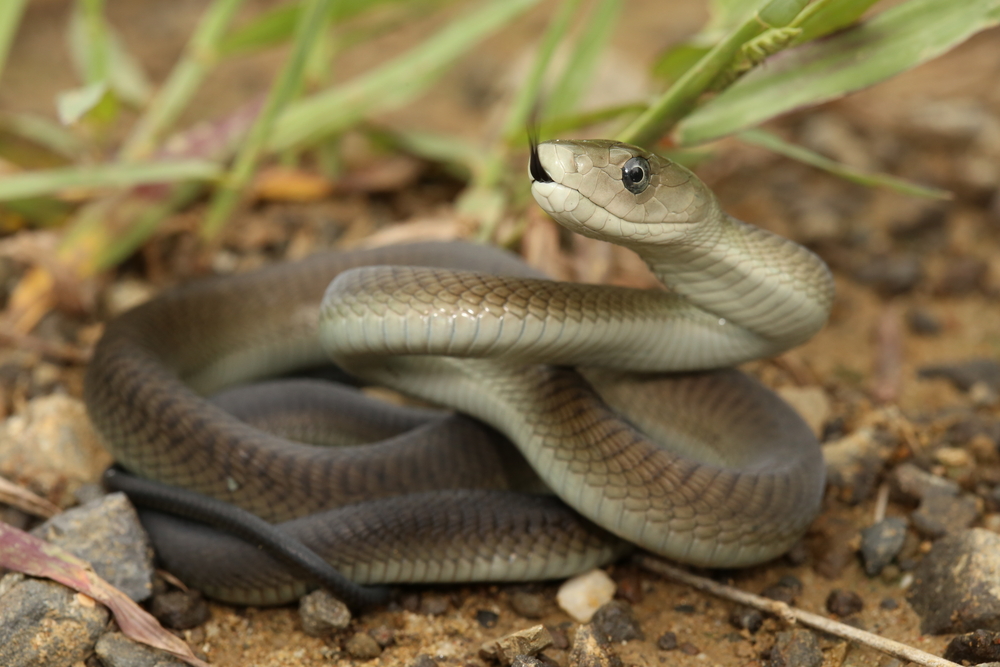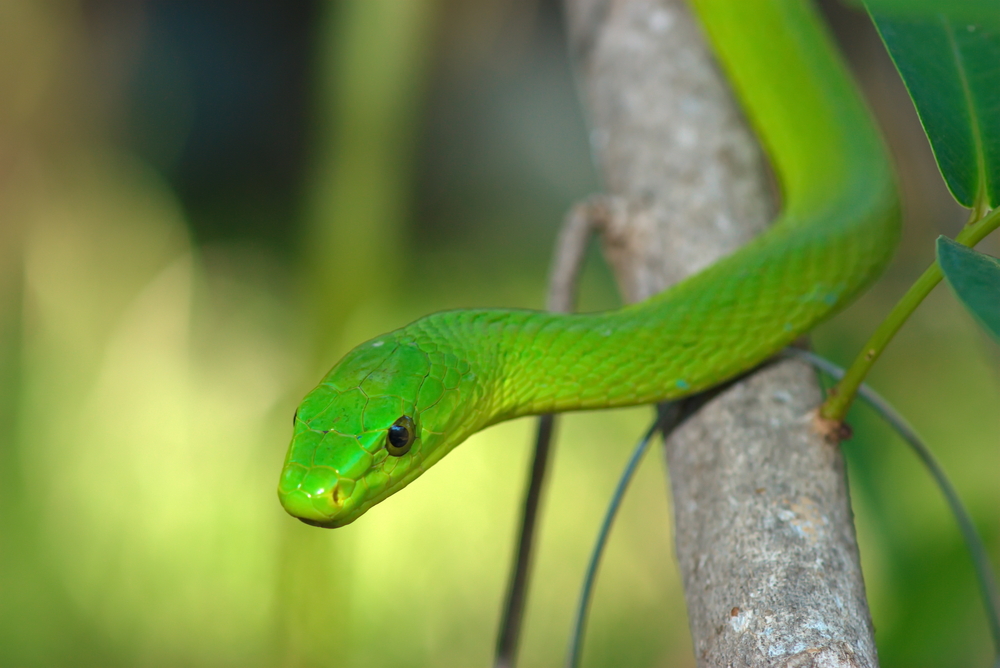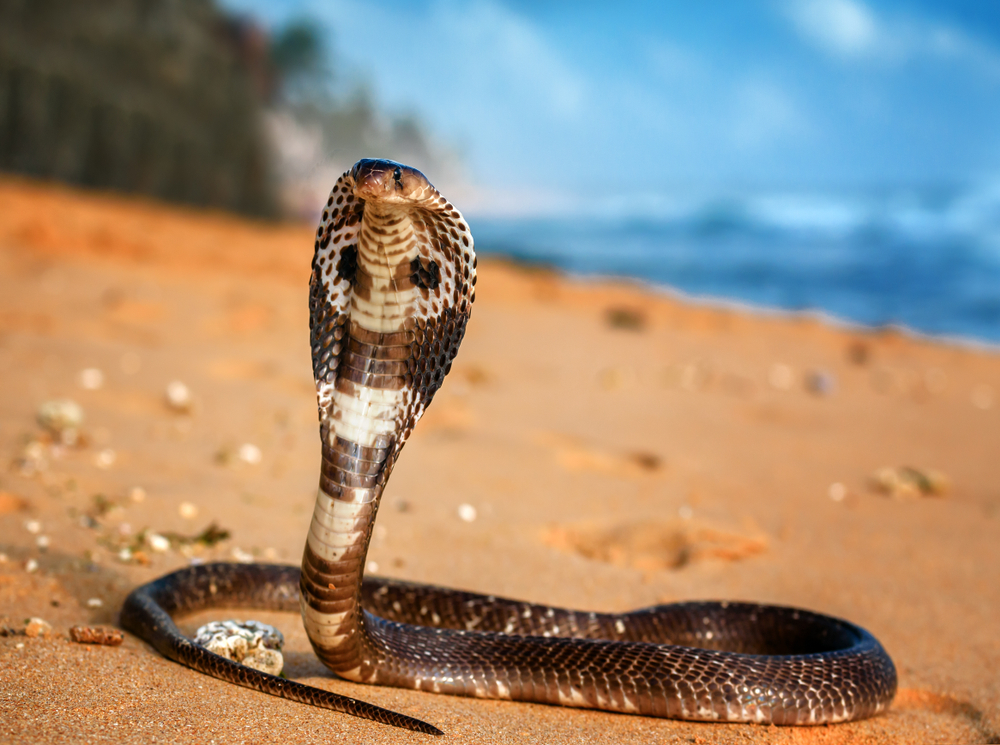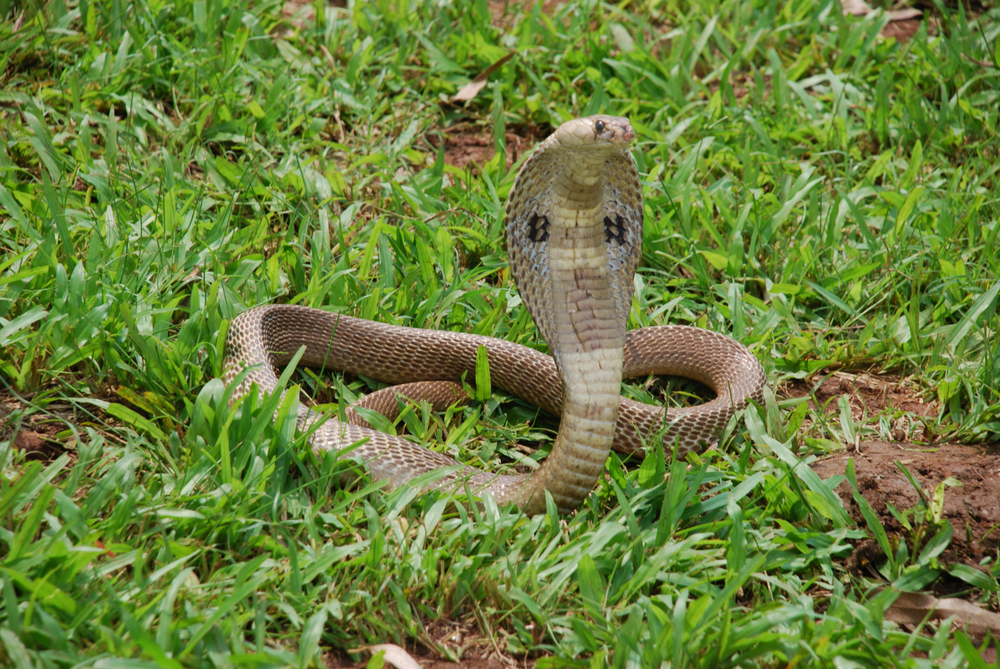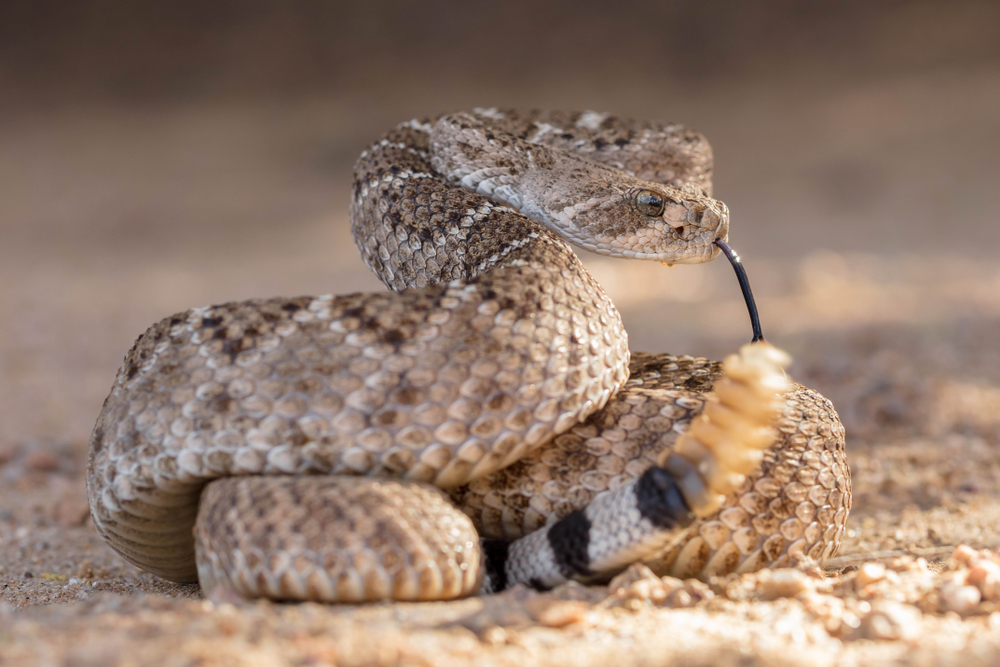Uniqueness
The Blue Viper is one of the most visually stunning and ecologically specialized vipers in the world. Native to a few islands in Indonesia, this snake combines exotic coloration with powerful sensory adaptations and arboreal agility.
Vibrant Blue Coloration:
The most iconic feature of the Blue Viper is its brilliant turquoise to cobalt-blue scales, a rarity among snakes. While coloration can vary slightly by island and individual, the blue morph is especially prominent on Komodo and surrounding Lesser Sunda Islands. This hue is not for camouflage but is likely the result of genetic and environmental factors, making it one of the most photographed and admired snakes globally.
Island Endemism:
This species is a prime example of island endemism. Its restricted range to several Indonesian islands has led to distinct coloration and behavioral traits compared to mainland relatives in the Trimeresurus genus.
Infrared Vision:
Equipped with heat-sensing pits on either side of its face, the Blue Viper can detect warm-blooded prey even in total darkness. These infrared receptors give it a sixth sense, making it a deadly ambush predator at night.
Arboreal Expert:
The Blue Viper is a skilled climber, using its prehensile tail and strong body to coil and stabilize itself on branches. It hunts and rests among shrubs, vines, and low tree limbs, rarely descending to the forest floor unless pursuing prey or seeking cover.
Live Birth in a Venomous Snake:
Unlike many reptiles, the Blue Viper is viviparous, giving birth to live young. This adaptation is especially suited to its humid, tree-dwelling lifestyle, where egg-laying might pose risks from predation or fungal infections.
Beauty with Danger:
While its appearance attracts admiration, the Blue Viper delivers a potent hemotoxic venom that can cause intense pain, tissue damage, and swelling in humans. Though bites are rarely fatal with treatment, they require immediate medical attention.
The Blue Viper’s iridescent beauty, infrared precision, and island evolution make it one of the most remarkable pit vipers on Earth—an icon of both natural artistry and deadly precision.



































































